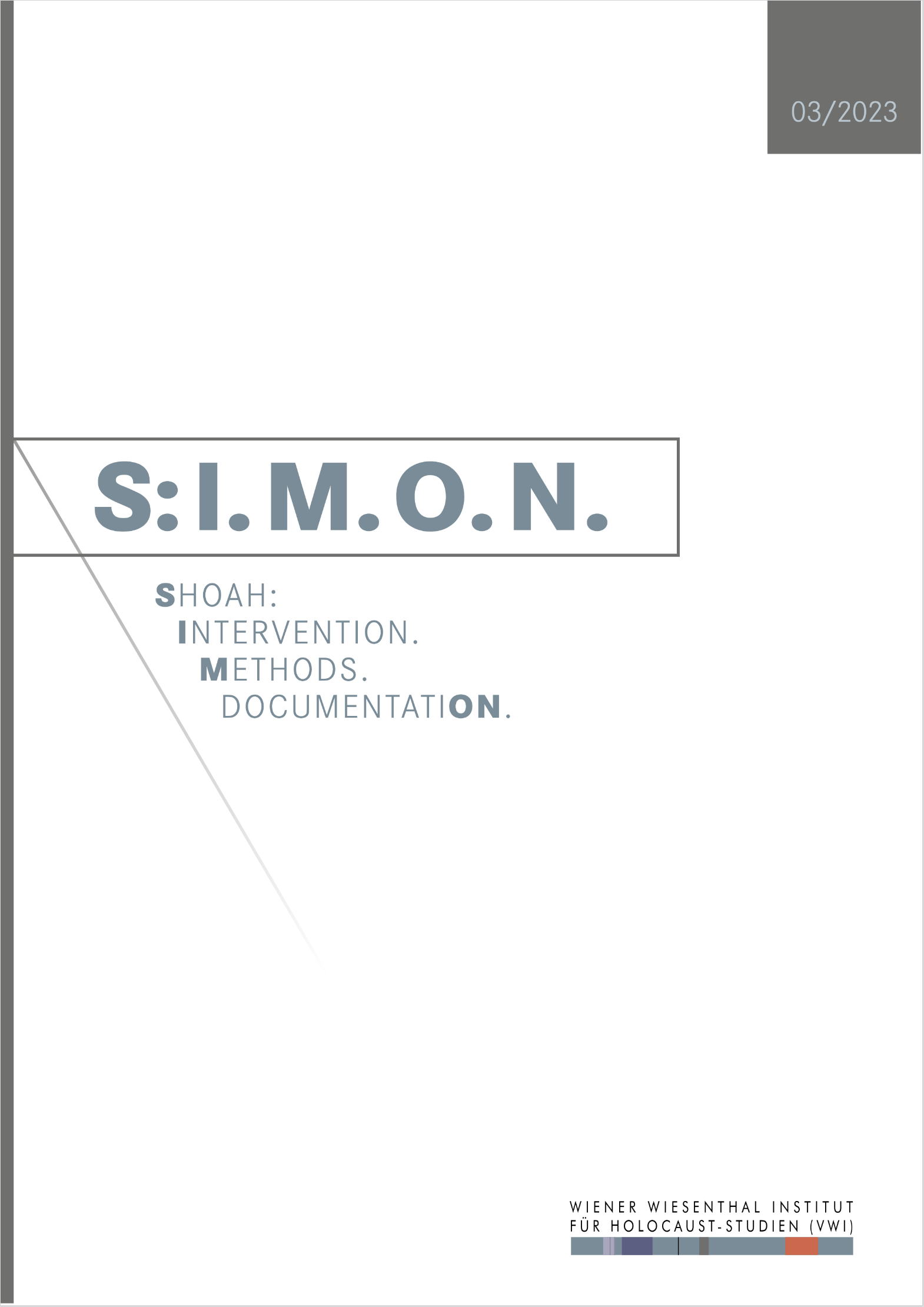Diverse Xenophobia? Anti-Romani Stereotypes in Private Discourse in Hungary in the First Half of the Twentieth Century
Diverse Xenophobia? Anti-Romani Stereotypes in Private Discourse in Hungary in the First Half of the Twentieth Century
Author(s): Gergely KuntSubject(s): History, Social history, Interwar Period (1920 - 1939), WW II and following years (1940 - 1949), Present Times (2010 - today)
Published by: Wiener Wiesenthal Institut für Holocaust-Studien
Keywords: Hungary; antisemitism; antigypsyism; diaries; egodocuments; stereotypes; media history;
Summary/Abstract: This study examines, through a comparative analysis of diaries, the images that diarists associated with Romani in Hungary. The results indicate that diarists from the urban middle class did not associate mainly negative images with the Roma. On the other hand, the study also shows that diarists who were anti-Semitic were not necessarily anti-Roma. In other words, two quite different images of Gypsies and Jews prevailed in public thought and discourse both during and before the Second World War, one clearly anti-Jewish and the other less anti-Roma. This study interprets the intensity of anti-Gypsy images in the context of a historical perspective. In the final section, I will analyse the question of how and why an anti-Jewish Hungarian society between the two world wars became anti-Gypsy today.
Journal: S:I.M.O.N. Shoah: Intervention. Methods. Documentation.
- Issue Year: 10/2023
- Issue No: 3
- Page Range: 64-85
- Page Count: 22
- Language: English

